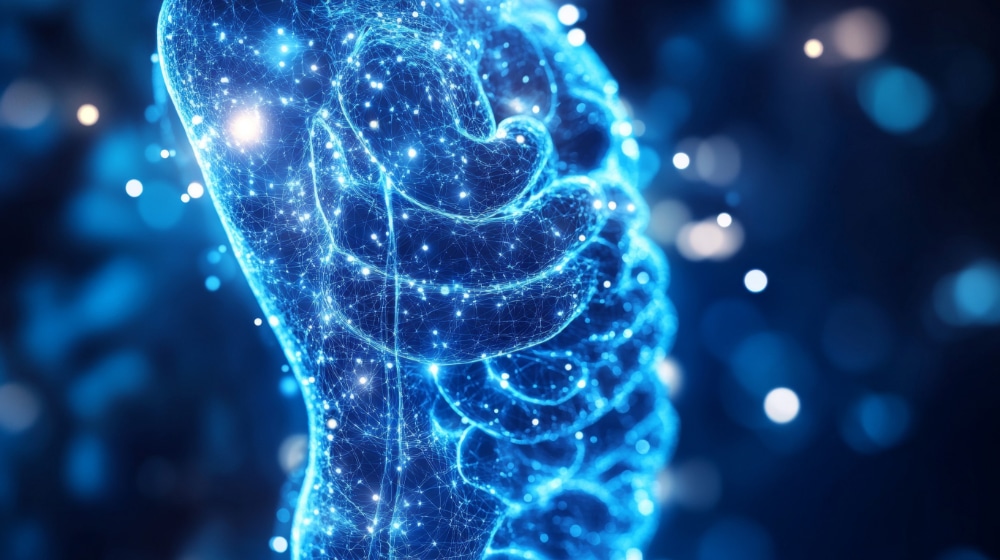The Role of the Gut in Amphetamine Addiction

A long chain of scientific discoveries has led to the conclusion that the gut microbiome amplifies the response to amphetamines, increasing their potency and addictive properties. How scientists discovered this link between the gut and the brain is a fascinating story, and suggests new therapeutic options.
Researchers first became aware of the link between the gut microbiome and addiction when studies with mice showed that treatment with antibiotics led to a reduced response to amphetamines. Something must be going on with the bacteria in the gut that is impacting dopamine in the brain.
That led to the discovery of the bacteria, Fusobacterium nucleatum, and its interaction with amphetamines. In a preprint paper published in January, a large team of researchers working out of the Aurelio Galli Lab at the University of Alabama in Birmingham found that F. nucleatum “increases in abundance in both rats and humans” upon exposure to amphetamines.
Dr. Galli is Director for Gastrointestinal Biology Research and has the perfect background for exploring the brain/gut connection. His main interest, according to his bio, is “brain development and plasticity, with a focus on neurotransmitters and the implications of substance abuse.” Let’s continue following this chain between the gut and the brain.
Dr. Galli’s team explains the process by which F. nucleatum (Fn) enhances amphetamines:
Fn releases short-chain fatty acids, bacterial byproducts thought to play a fundamental role in the gut-brain axis as well as the pathogenesis of AUD [amphetamine use disorder]… the participation of Fn in AUD stems from its ability to release butyrate and inhibit HDAC1. These data offer a microbial target and probiotic interventions for AUD treatment.
And there you have it: From a surprising response of mice to bacteria comes a “probiotic intervention” for AUD, one of the most difficult addictions to battle. There currently are no drugs approved by the FDA for the treatment of AUD, which includes drugs such as methamphetamine, adderall, and MDMA.
An article in Chemistry World about F. nucleatum explains that the bacterium “hijacks the dopamine signaling pathways in the brain.” In studies with fruitflies, researchers found that the bacterium releases butyrate, a short-chain fatty acid that crosses the blood-brain barrier and “increases expression of the dopamine transporter protein.”
Researchers then began switching on and off different bacteria and measuring the effects. Other fatty acids did not cause similar effects. They then tested F. nucleatum on worms and got the same results. Chemistry World summarizes the implications:
The findings could have therapeutic implications. Antibiotics that reduce F. nucleatum have already been shown to blunt amphetamine’s rewarding effects in both animals and humans.
Time and again, we find that the gut microbiome plays a significant role in addiction and addiction treatment. GLP-1 drugs have shown promise in treating a wide variety of substance and behavioral addictions by impacting the gut.
Addiction research has previously focused on brain studies. The team at the University of Alabama is showing how understanding the brain’s interaction with the gut is key to solving the puzzle of addiction.
Written by Steve O’Keefe. First published October 2, 2025.
Sources:
“Gut bacterium amplifies amphetamine’s addictive pull,” Chemistry World, September 24, 2025.
“Fusobacterium nucleatum enhances amphetamine-induced behavioral responses through a butyrate-driven epigenetic mechanism,” Science Signaling, September 9, 2025.
“Fusobacterium nucleatum determines the expression of amphetamine-induced behavioral responses through an epigenetic phenomenon,” bioRxiv preprint, January 20, 2025.
Image Copyright: videst.




